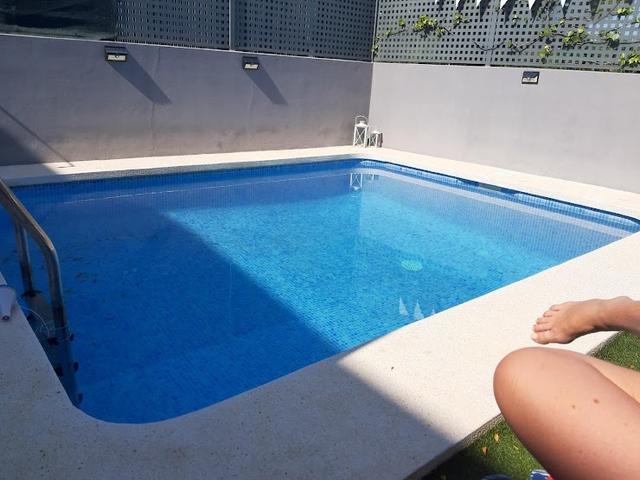Myths about teaching can hold you back
Learn why
Lesson 2 of 5
- Year 5
Saying what there is and is not in the town
In this lesson, we will recap the verb "hay", eight place nouns and their corresponding indefinite articles. We will look at plural forms, forming the negative and extend our sentences with conjunctions and an adverb.
Lesson 2 of 5
- Year 5
Saying what there is and is not in the town
In this lesson, we will recap the verb "hay", eight place nouns and their corresponding indefinite articles. We will look at plural forms, forming the negative and extend our sentences with conjunctions and an adverb.
These resources were made for remote use during the pandemic, not classroom teaching.
Switch to our new teaching resources now - designed by teachers and leading subject experts, and tested in classrooms.
Lesson details
Key learning points
- saying what there is and is not in the town
- (no) hay
- indefinite articles (un/una)
- conjunctions (y, pero, también, sin embargo)
Licence
This content is made available by Oak National Academy Limited and its partners and licensed under Oak’s terms & conditions (Collection 1), except where otherwise stated.
Loading...
Some of our videos, including non-English language videos, do not have captions.
5 Questions
Q1.How do you say "there is/there are" in Spanish?
How do you say "there is/there are" in Spanish?
juego
tengo
Q2.How do you say there is the place in the picture?
How do you say there is the place in the picture?

hay una casa
hay una tienda
Q3.True or false: "un colegio" is a feminine noun.
True or false: "un colegio" is a feminine noun.
true
Q4.What does "un colegio" mean?
What does "un colegio" mean?
a cauliflower
a collage
Q5.Which words mean: "and" & "also / as well / too" in Spanish?
Which words mean: "and" & "also / as well / too" in Spanish?
"naranja & rosa"
"sí & no"
5 Questions
Q1."en mi pueblo" means:
"en mi pueblo" means:
in my car
on my street
Q2.How do you form the plural for nouns ending with a vowel, in Spanish?
How do you form the plural for nouns ending with a vowel, in Spanish?
add "es" to the end
don't add anything
Q3.How do you form the plural for nouns ending with a consonant?
How do you form the plural for nouns ending with a consonant?
add "s" to the end
don't add anything
Q4.How do you form the negative to say "there isn't/aren't"?
How do you form the negative to say "there isn't/aren't"?
add "no after "hay"
add "no" after the noun
Q5.How would you say: "There are five shops, however, there is no cinema" in Spanish?
How would you say: "There are five shops, however, there is no cinema" in Spanish?
Hay cinco tiendas y no hay un cine.
No hay cinco tiendas, pero hay un cine.

